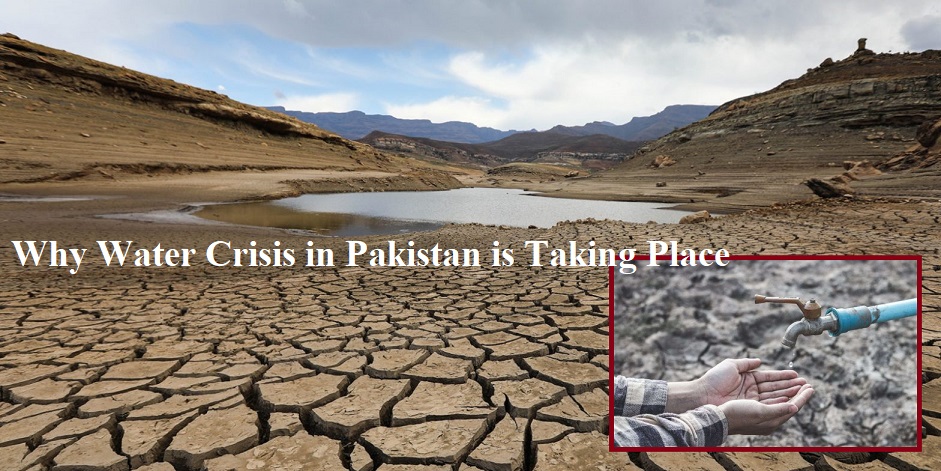
The combination of rapid population growth, climate change, poor water management, overexploitation of resources, and geopolitical tensions has all contributed to the severe water crisis facing Pakistan today. The water crisis in Pakistan is taking place due to several key factors:
- Rapid Population Growth and Urbanization
Pakistan’s population has more than quadrupled since independence in 1947, putting immense strain on the country’s water resources. Rapid and unplanned urbanization has also contributed to the crisis. -
Climate Change Impacts
Climate change is leading to increased variability in water flows, with more extreme floods and droughts affecting the Indus River basin that Pakistan heavily relies on. Rising temperatures are also increasing water demand, particularly in the agricultural and energy sectors.
-
Mismanagement of Water Resources
Pakistan has poor water infrastructure, inefficient irrigation practices, and weak water governance, leading to high levels of water waste and pollution. The colonial-era Canal and Drainage Act has also perpetuated inequitable water distribution.
-
Overexploitation of Groundwater
Over 60% of irrigation, 70% of drinking water, and 100% of industry in Pakistan relies on rapidly depleting groundwater resources. The Indus Basin aquifer is ranked as the 2nd most over-stressed underground water reserve in the world.
-
Water Pollution
Untreated industrial and domestic waste being dumped into water bodies has severely degraded water quality, impacting public health and the environment.
-
India-Pakistan Water Disputes
As the lower riparian country, Pakistan is vulnerable to India’s control over the shared Indus River system, leading to political tensions and water insecurity.
What Measures can Pakistan take to Improve its Water Infrastructure
Implementing these measures will require significant investment, political will, and coordination between federal and provincial governments. International financial institutions can incentivize these reforms through targeted lending and technical assistance. Pakistan can take several key measures to improve its water infrastructure and address the ongoing water crisis:
-
Invest in new water storage capacity
Since the construction of the Mangla and Tarbela dams in the 1960s-70s, Pakistan has not developed any major new water storage infrastructure. Increasing storage capacity is critical to manage water variability and floods.
-
Rehabilitate and maintain existing infrastructure
Inadequate maintenance, significant sedimentation, and lack of consideration for environmental issues has compromised the performance of key reservoirs, barrages and canals. Improving the condition of this infrastructure is essential.
-
Upgrade irrigation systems
Much of the inefficiency in water delivery comes from high levels of canal leakages. Lining canals and upgrading irrigation systems can significantly reduce losses.
-
Improve wastewater treatment
Inadequate solid waste management and lack of wastewater treatment is degrading water resources. Investing in sewage and industrial effluent treatment plants is crucial to improve water quality.
-
Implement environmental flow regimes
There is currently no agreed or implemented environmental flow regime for the Indus River, adversely affecting water-dependent ecosystems. Establishing such regimes is important for ecological sustainability.
-
Strengthen water governance
Improving monitoring and evaluation, capacity building, installing water meters, and raising awareness on water conservation are key governance reforms needed.
-
Revise colonial-era water laws
The Canal and Drainage Act of 1873 perpetuates inequitable water distribution. Revisiting this law to enable more equitable allocation and taxation of water usage is important.

